Cosmic Candles
Think of a supernova as a massive cosmic fireworks display in outer space.
When a large star, which is heavier than the Sun, runs out of fuel to burn, it explodes. The star's core explodes like a balloon, causing a catastrophic implosion. An explosion caused by this collapse is brighter than all of the stars put together!
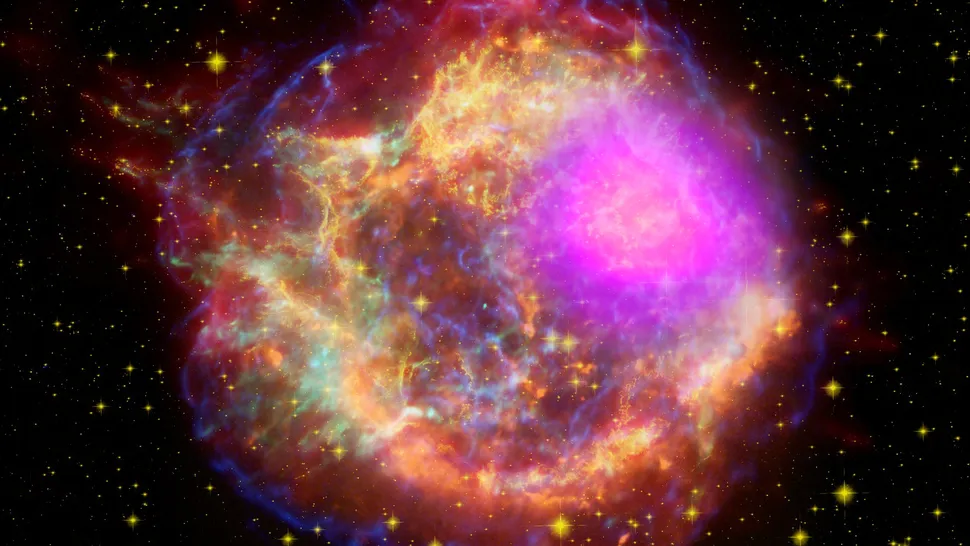
https://www.space.com/6638-supernova.html
Supernovae can be divided into two categories. The first kind, known as a Type II supernova (funnily so), resembles a star having a spectacular explosion and collapse party. When the star's core can no longer withstand the pressure, it collapses and explodes in a brilliant flash of light and energy.
The second type, Type Ia supernova is similar to a covert surprise party. It takes place in a binary star system when one star is a white dwarf or the remnant of a once-bright star. Like adding too many balloons to a party, the white dwarf takes too much material from its companion star. The white dwarf loses control and explodes!
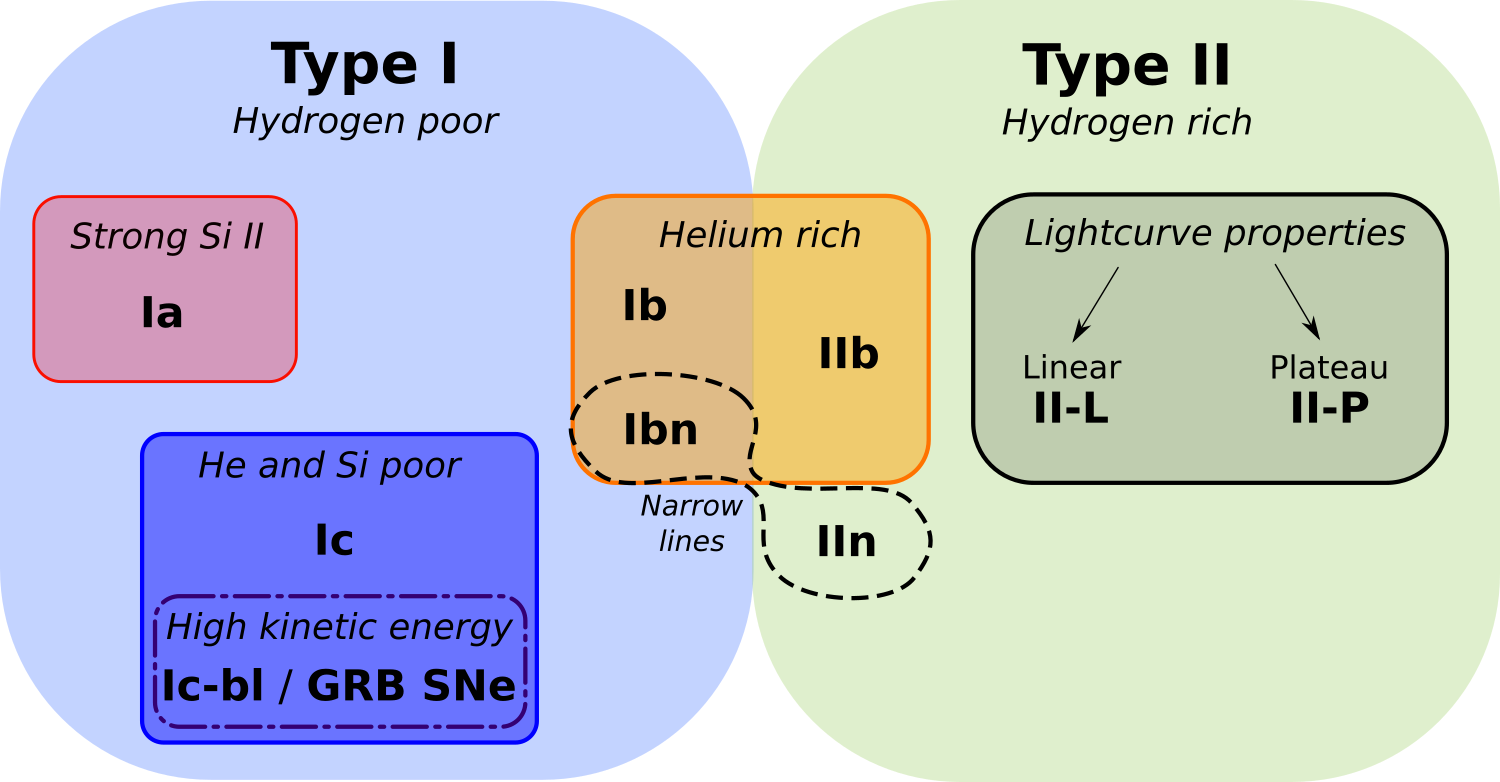
https://www.hfstevance.com/ccsne
What roles do Supernovae play in our universe?
Supernovae function as cosmic factories, producing and distributing components necessary for both the emergence of celestial bodies and life. Lighter elements, such as carbon, oxygen, and hydrogen, are transformed into heavier ones, such as iron and beyond, by the immense heat and pressure produced by a supernova explosion. Amazingly so, these newly formed elements are scattered into space, contributing to the building blocks for future stars, planets, and life!
Shockwaves produced by supernova explosions compress neighbouring gas and dust, resulting in the birth of new stars and stellar nurseries. The shockwave can cause molecular clouds to disintegrate, paving the way for the emergence of later stars and planetary systems.
A Supernova Shockwave

The evolution of our universe! Supernovae and their aftermath can be studied to learn more about the cosmological constants, the behaviour of matter under extreme conditions, and the life cycles of stars. It enables the testing and improvement of ideas relating to nuclear processes, gravitational interactions, and star evolution.
Let’s narrow down the search to Cas A or the Old Supernova remnant famously known as Cassiopeia A.
Cassiopeia A is like the leftover fireworks from a massive star explosion that happened more than 300 years ago in our part of the galaxy. You will be amazed to know that the supernova explosion that created Cassiopeia A likely occurred around 1680 AD, but the light from the explosion only reached Earth and became visible in the 20th century. This delayed visibility is due to the vast distance between Cassiopeia A and Earth.


https://www.nasa.gov/mission_pages/chandra/multimedia/exploring-cassiopeiaA.html
Its name is derived from the constellation in which it is seen: Cassiopeia, the Queen. Cassiopeia A is the stuff left behind after this explosion, and it's still spreading out. Astronomers took a special picture of it using a big telescope, and this picture shows the bright pieces that were thrown out during the explosion. It's like a space snapshot capturing the fireworks' aftermath!
Apart from being a visual spectacle, the most frequent chant for Cassiopeia A comes through the talks in the radio part of the electromagnetic spectrum. The radio part of the spectrum includes radio waves, which are a type of light we can't see with our eyes but can detect with specialized equipment, like radio telescopes.
When we refer to Cassiopeia A as a "bright radio source," we indicate that it produces a large amount of radio waves. Important information about the stellar remains is carried by these waves. Radio telescopes are used by scientists to find and examine these waves.
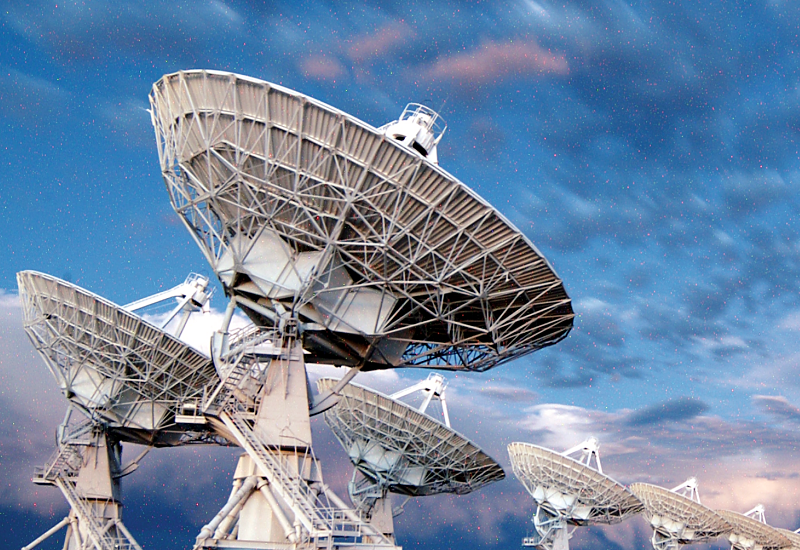
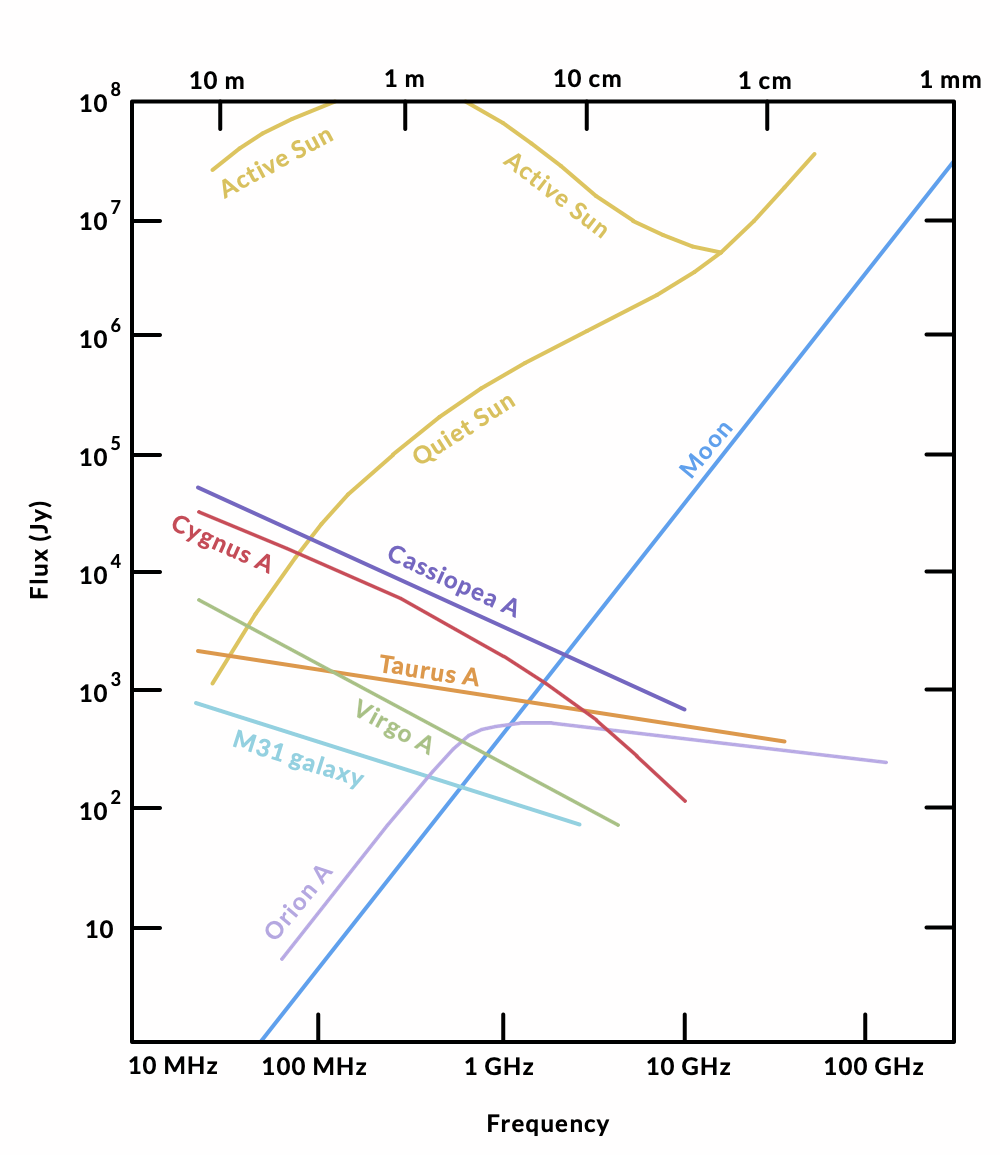
https://public.nrao.edu/telescopes/vla/
https://www.radio2space.com/cassiopeia-a-recorded-with-spider-radio-telescope/
The "Very Large Array" (VLA), a prominent radio telescope used for this, is situated in New Mexico, USA. A number of radio antennas (similar to enormous radio receivers) are positioned in a specific arrangement to form a strong VLA. Together, these antennas are able to collect radio signals from space.
A few other known Supernovae include-
The Alpha Orionis, Betelgeuse
A red supergiant star called Betelgeuse can be found in the constellation of Orion. One of the biggest and brightest stars that the Earth can see is it. Betelgeuse is nearing the conclusion of its life cycle and is most certainly going to undergo a supernova explosion at some point in the future, but the exact date is yet unknown.
Taurus A's Crab Nebula's Progenitor
The Crab Nebula is a supernova remnant that was discovered in 1054 AD by Chinese astronomers. The progenitor is the star that burst. The Crab Nebula still displays the explosion's aftereffects, including a pulsar (a rotating neutron star), which is thought to have been a big star.
Supernova Kepler (SN 1604)
Astronomer Johannes Kepler discovered Kepler's Supernova, commonly known as SN 1604, a Type Ia supernova. It was the last supernova seen in our Milky Way galaxy and appeared in the constellation Ophiuchus. Today, researchers can still see and examine its remains.
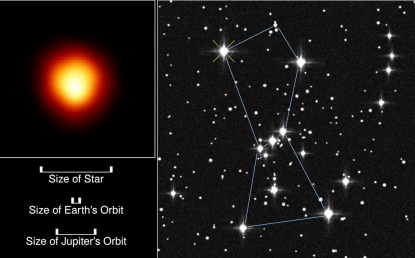
The Alpha Orionis
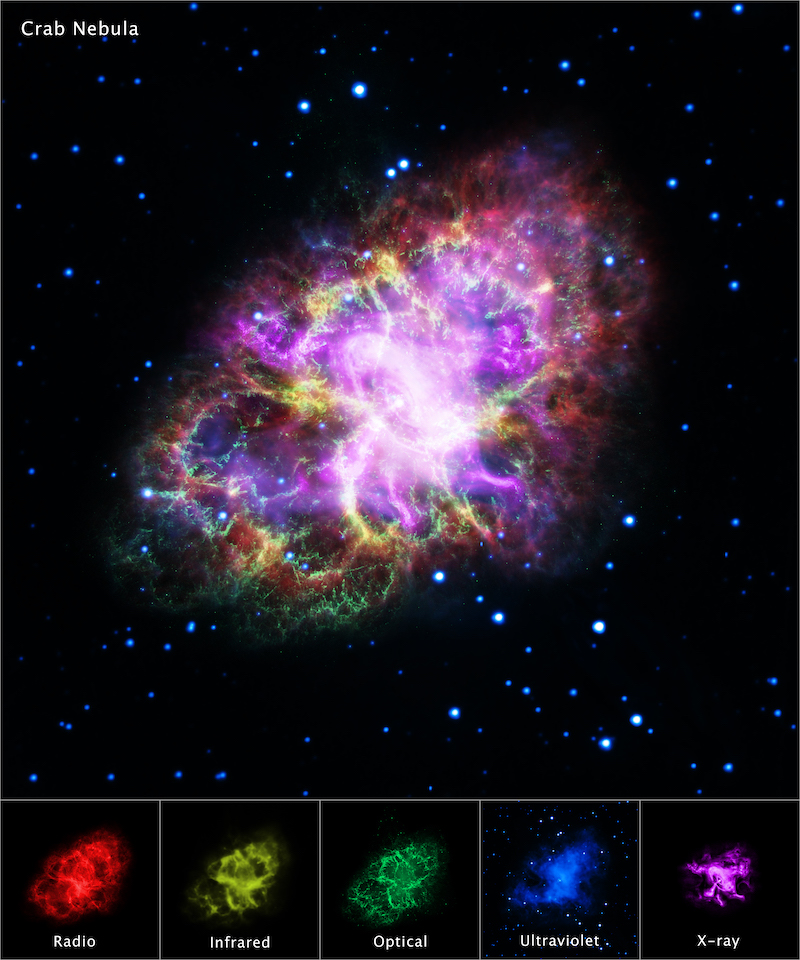
Crab Nebula

Supernova Kepler (SN 1604)
https://www.aavso.org/vsots_alphaori
https://earthsky.org/clusters-nebulae-galaxies/crab-nebula-was-an-exploding-star/
https://hubblesite.org/contents/media/images/2004/29/1595-Image.html?news=true
To conclude this starry journey, here’s a few lines:
The cosmos is within us.
We are made of star stuff.
We are a way for the universe to know itself.
~Carl Sagan


